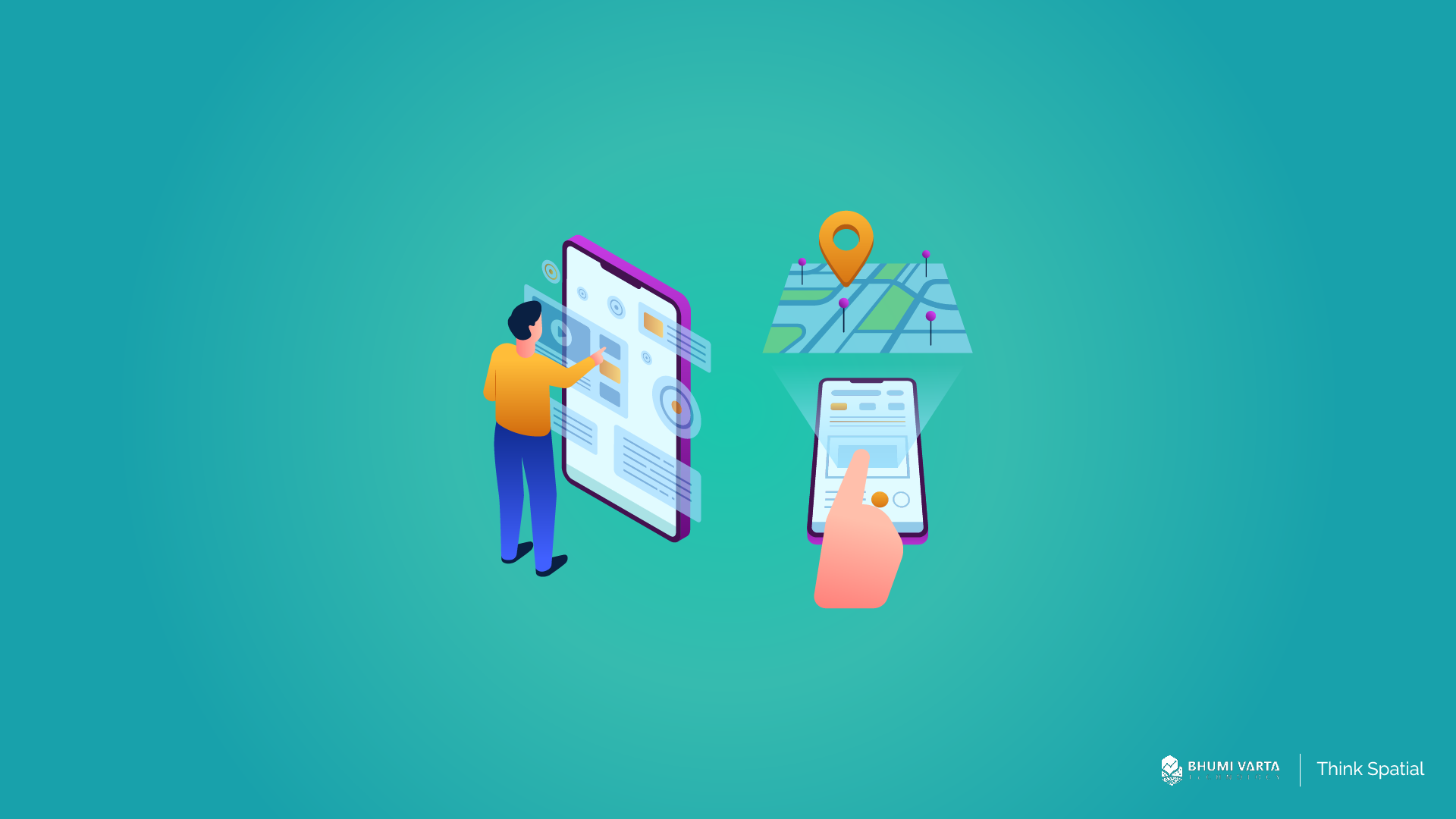Location Analytics – Every company has its own database, and more than 80% of the data are related to locations. The data includes selling data, transactions data, and assets data.
The problem is that most businesses do not know how to use those data and they only store them in a company database.
On the other hand, if location data is used accurately and correctly, then companies can gain new and fresh business insights that they might otherwise overlook. To be able to manage the data companies can use location analytics.
Contents
What is Location Analytics?
According to Allied Market Research, the global location analytics market size was worth 10.29 billion dollars in 2019 and is expected to reach 31.13 billion dollars by 2027.
Location analytics is a process of analyzing data based on location to gain new business insights. The data used for this analysis is spatial data.

It is a combination of geographic data on infrastructure, transportation, and asset location owned by a company such as business operational data and customers.
Location analytics enable companies to understand certain data according to location perspective which later can be visualized and analyzed, we can use them to predict as well as optimize business processes.
By adding location analysis, companies are capable of creating the right business decision since it is based on actual data that happens in the field.
The Benefit of Location Analytics
Businesses should pay attention to geographical factors today, especially after the pandemic.
According to Allied Market Research, the use of location analytics, or geoanalytics, are on the rise during Covid-19. The usage is intended to understand the pandemic effects on customers’ behavior and economics.
As we already know, the existing pandemic has forced the government to enforce several rules that affect people’s behavior, such as staying at home, social distancing, shopping online, and wearing face masks.
Please, keep in mind that
In location analytics, the data is visualized into a map so that non-expert users can see it easily. They can also see business insights that can’t be seen when the data is presented in traditional forms such as tables, statistics, charts, or other analysis tools.
Location analytics allow companies to understand which location customers often visit, what kind of products or services they need after getting hit by the pandemic, and what kind of strategies we need to use in order to attract customers to purchase the products or services.
Location analytics has several benefits for businesses which are as follows,
Easy to understand for everyone
Any type of data can be visualized using location analysis on a 2D map, so that even non-expert users can understand the information, leading to better employee communication.
As a result of improved collaboration between employees, businesses are able to make data-driven decisions that reduce operational costs and increase revenue.
Connecting data with the real world
Visualizing your data into a map provides a clear and better picture of the relationship between location and other features.
It is because a map is able to connect data with the real world, for example, why Toko Kelontong A has a better-selling performance than others.
Upon visualizing this data, we know the reason behind this good performance, it is that Toko Kelontong A is located near housing and apartments.
Those things can only be spotted through a map since tables, statistics, and graphics are not capable of doing so. Hence, the use of location analytics will enhance business insight for the analyst team and assist in answering all of the questions related to location.
Provide actionable insights
Location analytics provides in-depth geographic analysis for users. This analysis can be used to forecast and optimize things related to location.
In addition, the outcome of this will assist businesses in tailoring their right and effective marketing strategies.
The Implementation of Location Analytics in Business

Location analytics can be used in various industries ranging from retail, food and beverage, health, financial, and transportation to automotive.
The implementation of location analytics enables businesses to identify market trends in certain areas and find potential locations for business expansion.
Various geographic factors can be used to determine this location, such as demographics, socioeconomic status, points of interest (POIs), mobile data, and more.
Retail
Location is an important part of the retail business since strategic locations will make it easier to deliver, supply, and increase revenue.
By knowing where customers live, what type of products they purchase, store performance, distribution, and delivery routes, retailers will gain new insights that assist them to optimize their selling.
Location analytics help retail business increase their return of investment (ROI) by providing accurate and precise insight into business performance and its potential.
Location analytics can also boost sales since retailers are able to decide whether to innovate current products or design new ones by understanding what kind of product or service customers need and at which locations.
Retailers can see how many stores have partnered with them and their location easily through location analytics, which stores perform well and which stores need improvement, and how efficient each step of the supply chain is.
Transportation and logistics
Transport and logistics businesses can determine which routes are more efficient and fast by visualizing location data on a map. The route effectiveness will reduce fuel and idle time.
Moreover, location analytics can increase fleet productivity, and optimize vehicle usage to improve the productivity of business processes and reduce costs.
Real estate agency
Aside from retail and transportation, real estate companies can also utilize location analytics for their business process.
The analysis will help the company in making data-driven decisions starting from searching for locations, investments, and marketing campaigns to business operations.
A location analytics service provides businesses with real-time business insights, such as analyzing data mobility like foot traffic, which helps them identify the current economic price and property interest in a certain area.
Additionally, the use of location analytics can also help real estate businesses to optimize work routes for their agents and identify risk areas.
Get Competitive Business Insights with LOKASI Intelligence
Getting a lot of business insights can lead to a successful business since it will be used to predict things that happen in the future and determine the right strategies.
The information gathered through location analytics can help its users gain business insights. For instance, a business in the supply chain can gain insight into people’s historical purchasing habits in different areas to improve sales and customer retention.
One location analytics software that can be used by businesses is LOKASI Intelligence. The platform has analytics features such as site profiling and grid analysis.
By using site profiling, users can evaluate the accessibility of locations, while grid analysis can help them find strategic locations according to their target market.
Aside from that, LOKASI has a feature called telco data that provide information about foot traffic in a certain area. By observing foot traffic movement patterns, businesses can learn about customers’ origins, their behavior, and other information.
Find out more on how we help businesses in developing their business by contacting [email protected] or Whatsapp at 087779077750



